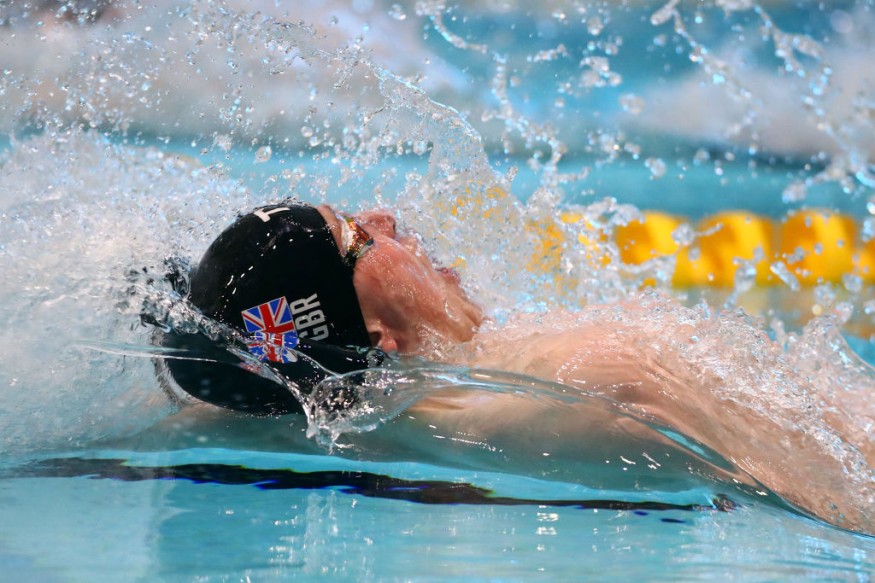New research by UT Southwestern scientists found that the heart of an astronaut who spent almost one year aboard the International Space Station or ISS shrank or is left smaller even with regular exercise.
According to a Phys.org report, with NASA getting ready to send humans to Mars in 2030, researchers are examining the physical impacts of spending long periods in space.
The results were said to be comparable with what the study authors discovered in a long-distance swimmer who spent almost one year attempting to cross the Pacific Ocean.
This new research that came out in Circulation (Cardiac Effects of Repeated Weightlessness During Extreme Duration Swimming Compared With Spaceflight) shows that Scott Kelly, now a retired astronaut, lost an average of 0.74 grams or about three-tenths of an ounce each week in the mass of the left ventricle of his heart during the 340 days he spent in space from March 27, 2015 to March 1, 2016.

Functioning Heart Despite its Shrinkage
The finding of the astronaut's smaller heart occurred despite his weekly exercise regime of the treadmill, cycling, or resistance work for six days.
However, according to UT Southwestern Internal Medicine Professor Benjamin Levine, MD, despite the shrinkage, along with an initial decline in diastolic diameter of the left ventricle when relaxed to fill with blood, the astronaut's heart was able to adapt relatively well.
Dr. Levine, who's also the founder and director of the Institute for Exercise and Environmental Medicine or IEEM at Texas Presbyterian Hospital Dallas added, the astronaut's heart did shrink slightly.
He also said, it did atrophy and did get a bit smaller, although "the function remained good." Levine explained too, that he thinks this is encouraging for a long-period space flight. It shows that even after one year in space, the heart is adapting relatively well.
Cardiac Adaptation to Space
Such declines in size are also observed in patients who undergo strict bed rest and stabilize over time, Levine said. Recently, the medical expert completed a different project that investigated heart function and structure in around 13 astronauts who spent six months in the space station.
As a result, the study showed cardiac adaptation to space differed from one astronaut to another, with the most-fit astronauts losing their heart muscle mass while they were staying in space, although not as much as, with strict bed rest, while some of the so-called 'least fit' actually had muscle mass gain.
Levine said that it all relied on the amount of work the heart of an astronaut did in space comparative to the amount it regularly did on the ground.
This internal medicine professor has been part of research on the impacts of travel space since the latter part of the 1980s decade when he had the first catheter implanted to monitor an astronaut's heart pressure in space.
Since then, the professor has worked with NASA on different projects and advises its flight surgeons on cardiovascular medical issues.
NASA recently awarded Levine $3.8-million in both direct and indirect funding over a 13-year period to study the impacts of space travel on the heart, a financial backing that will enable him to continue his study as more long-duration space flights are conducted.
Swimmers Studied
Another interest of Levine has been the impacts of exercise, specifically extreme exercise on Earth. To date, he's serving as a consultant to the NFL, NCAA, and the United States Olympic Committee and Paralympic Committee.
In this research, the study authors compared the effect on Kelly's heart with the impacts observed in an endurance swimmer setting out to cross the Pacific Ocean in 2018.
Benoit Lecomte, the swimmer who made it around a third of the way through the Pacific prior to stoppage because of bad weather and impairment to a sailboat that accompanied him. According to the research, he swam farther than 1,750 miles for about 159 days.
Endurance swimming simulates some of the impacts created by space's weightlessness, as the water pressure is countering the effects of gravity, explained Levine.
During space flight, as well as during endurance swimming, the heart does not need to work as hard to pump blood uphill from the feet.
Swimmer vs Astronaut
During the swim of Lecomte, he lost a mass too, in his left ventricle, averaging a little lower at 0.72 grams each week.
According to Levine, he was more surprised by the loss of heart mass of the swimmer compared to the astronaut's, given that Lacomte swam six hours on average for each swimming day. Kelly on the other hand spent one to two hours of exercise.
Levine also explained that endurance swimming is not a high-intensity exercise and thus, the benefit from it was seemingly outweighed by the heart that did not need to work as hard "to pump blood uphill."
Report on Lecomte's attempt to swim across the Pacific Ocean in 2018 is shown on CBS Evening News's YouTube video below:
Check out more news and information on Space and Medicine & Health on Science Times.










